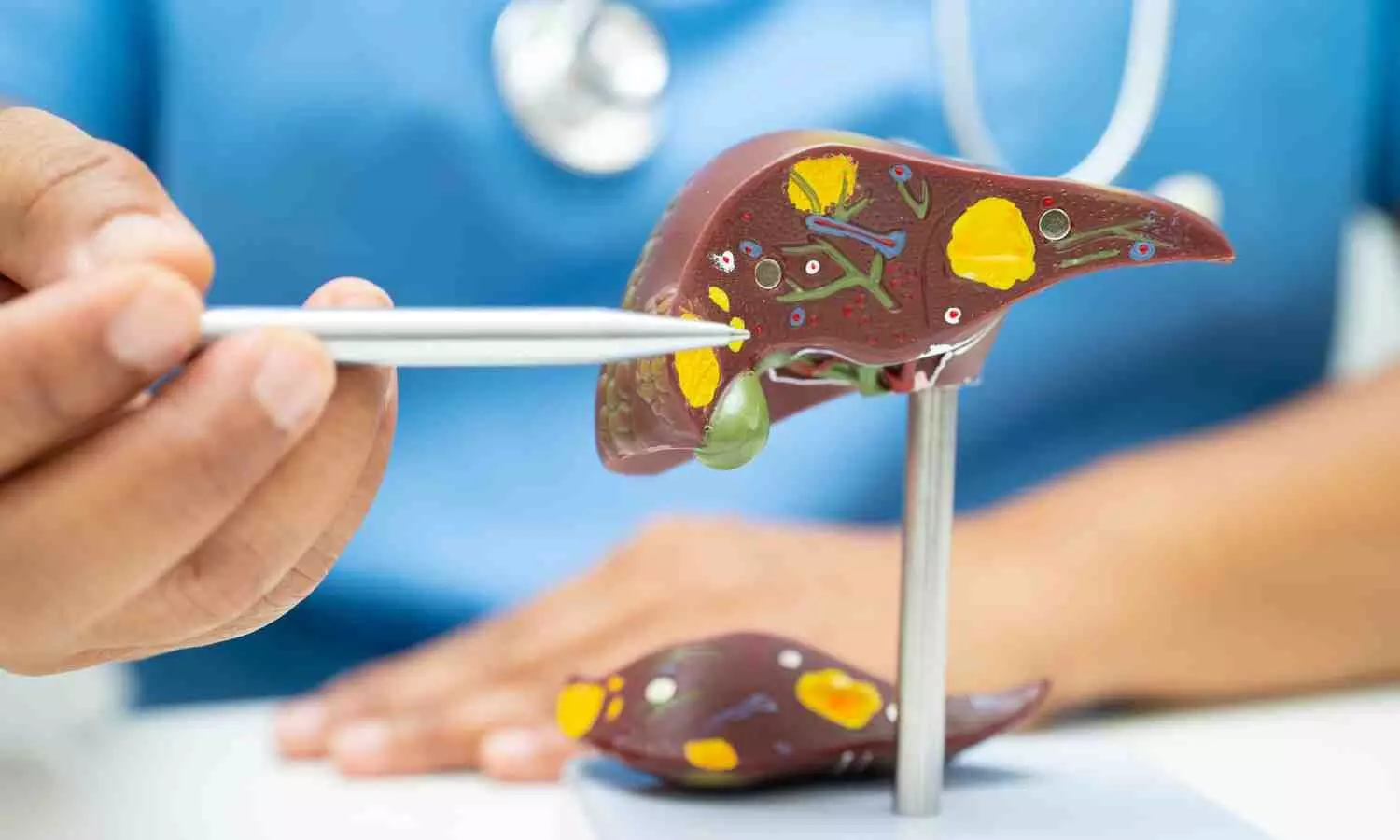Methylglyoxal Independently Contributes to Liver Fibrosis in Obesity: Study

A new study has determined that increased concentrations of methylglyoxal (MGO), a potent reactive byproduct of glucose metabolism, can independently cause the onset of liver fibrosis among obese individuals. The finding is consistent with mounting evidence indicating that MGO and similar compounds not only initiate inflammation and produce deleterious advanced glycation end products (AGEs), but also are key players in liver injury involved with metabolic dysfunction-associated steatotic liver disease (MASLD).
The research, which quantified plasma concentrations of MGO, glyoxal (GO), and 3-deoxyglucosone (3-DG), had significant correlations with severity of liver fibrosis, even in non-type 2 diabetic subjects. The study was conducted by Oluwatomisono I. and colleagues published in the journal of Diabetes Obesity and Metabolism.
264 severely obese subjects undergoing bariatric surgery were studied as part of the BARIA cohort. Among the participants, 22% had type 2 diabetes, 77% were female, the median age was 47 years (IQR: 39–54 years), and the median BMI was 39 kg/m² (IQR: 36–41 kg/m²). Plasma concentrations of MGO, GO, and 3-DG were measured in a research setting using ultra-high-performance liquid chromatography tandem mass spectrometry (UPLC-MS/MS). Liver fibrosis was assessed by two different approaches: the non-invasive Fibrosis-4 (FIB-4) Index and direct liver histology score from biopsies.
Key findings
-
Plasma MGO levels were significantly increased in people with type 2 diabetes (median: 288 nmol/L; IQR: 257–334 nmol/L) versus those without diabetes (median: 238 nmol/L; IQR: 212–279 nmol/L). MGO also rose higher in men (267 nmol/L; IQR: 236–301 nmol/L) than in women (245 nmol/L; IQR: 214–288 nmol/L).
-
The same tendencies were seen for GO and 3-DG, suggesting that dicarbonyl stress is greater in men and people with diabetes.
-
Plasma concentrations of MGO, GO, and 3-DG were positively correlated with higher scores for FIB-4 Index, a very high correlation with liver fibrosis.
-
That is, correlation coefficients (rho) were 0.21 for MGO, 0.29 for GO, and 0.25 for 3-DG, and all were statistically significant (p < 0.05).
-
In multiple linear regression models controlling for several potential confounders (age, sex, BMI, smoking status, alcohol intake, hypertension, insulin resistance, HbA1c, and fasting glucose), the relationship between MGO and the FIB-4 Index continued to hold strong.
This study highlights dicarbonyl stress especially from methylglyoxal as a significant and independent contributor to liver fibrosis in obese individuals, even in the absence of diabetes.
Reference:
Akinrimisi, O. I., Koning, M., Scheijen, J. L. J. M., Meijnikman, A. S., Sindhunata, D. P., Bruin, S., van de Laar, A., Franken, R., Acherman, Y., Gerdes, V. E. A., Nieuwdorp, M., Schalkwijk, C. G., & Hanssen, N. M. J. (2025). Higher plasma dicarbonyl levels are associated with liver fibrosis in obese individuals. Diabetes, Obesity & Metabolism. https://doi.org/10.1111/dom.16643


